Electronics System-Level Circuit Engineering Design in Altium Designer
Electronics system level design lets you focus on functionality and abstraction
The day-to-day life of a PCB layout engineer is all about translating schematics into a real, manufacturable PCB. Before this can happen, designs begin at an abstract level that focuses on designing functionality. As the overall design process progresses, design requirements are made more granular, reaching the signal processing level and, eventually, the component level. Designers and engineers that are busy creating unique functionality for their new systems need design features that allow them to operate at the signal processing level building new products for advanced applications.
Why Begin at the System Level?
Newer areas of technology require significant signal processing, and this needs to be determined at the system level before it reaches the component level. Areas like automotive and UAV radar, telecom and fiber networking, industrial control, sensor data acquisition and processing, and many other mixed signal applications should be familiar examples. Once the required signal processing steps are determined and perfected, designers and engineers can determine which components they need to implement these functions at the schematic and board levels.
The broad simulation toolset in Altium Designer® is ideal for working at the system level. Designers will have the freedom to design system-level signal processing steps at a high level of abstraction. Once you’ve determined the functions required to implement your required signal processing steps, you’ll have access to a broad range of components for implementing this functionality at the component level. Let’s take a look at how this works in Altium Designer.
Electronics System-Level Design in Altium Designer
System level design in Altium Designer begins in a new schematic. This is where you can access all the available circuit simulation functions, which are available in the component library. If you create a new project and a blank schematic, you can start adding simulation models to your schematic and designing unique functionality and signal processing steps.
In the image below, I’ve created a simple block diagram using the standard simulation and modeling tools in Altium Designer. I’ve included a feedback loop here using an adder, and my intended signal processing steps are included with two processing blocks (labelled ABM1), which will be described shortly.
Block diagram for designing signal processing steps
In the above image, you’ll notice I’ve opened the Components panel and loaded a number of standard libraries. I’ve outlined the relevant simulation and modeling libraries in the red box. These libraries allow you to access a number of standard simulation models, such as voltage/current sources (piecewise linear, arbitrary, sinusoidal, and voltage/current controlled sources). You can also access a number of mathematical functions. I’ve used an Add Voltages function (labelled M_IN, design ID ADDV) to create my feedback loop.
In addition to these simulation models, you can access important systems design tools in the Simulation Special Function.IntLib and Simulation PSpice Functions.IntLib libraries. These libraries contain a number of standard special circuit functions, an arbitrary S-parameter model, and a customizable expression model. I’ve used the 1-port customizable expression model (ABM1), although 2-port and 3-port versions are available.
Defining Processing Steps
Each of the models shown above is customizable. The 1 MHz sinusoidal source I added in my model has some small damping applied (0.5 rad per sec) to simulate attenuation along a signal chain, and the source has been given an amplitude of 1 V. There are other parameters that can be customized, such as DC offset, phase, and delay. You could also use this to define a pulsed source, which I will investigate momentarily.
Each of the models in the simulation can be customized by clicking on the model in the schematic and opening the Properties panel on the right hand side of the schematic editor. If you scroll down to the bottom of the panel, you’ll see an entry for “Models”. Click on the entry in the list and click the edit button to bring up the Sim Model editor dialog. This window is shown below; you’ll be able to modify the important parameters in the model within this window. If you do this with the ABM1 block, you’ll be able to define custom mathematical expressions for your signal processing steps.
The Sim Model editor in Altium Designer
Running Simulations
Once you’ve defined your required processing steps, you’re ready to run some simulation analyses. I’m going to examine the behavior of my circuit when driven with a sinusoidal source and with a repeating pulsed source, both of which can be accessed in the Sim Model editor. You’ll need to create a MixedSim profile (see a list of available analyses here) that defines which simulations you want to run with your schematic.
My transient analysis results with the 1 MHz sinusoidal source are shown below. From the results, you can see how the ABM blocks modify the signal as it enters the feedback loop and compensates attenuation; one can see that the transient response in the signal chain restores the output to its full level via the feedback loop.
Simulated transient analysis results with a 1 MHz sinusoidal source
I also switched the source to a repeating pulsed source. As shown in the transient analysis results below, the source ramps up to full level and briefly holds the input voltage at full strength. The transient response in the feedback loop becomes more obvious when the repeating pulsed source is used in the simulation.
Simulated transient analysis results with a 1 MHz pulsed source
I also enabled Fourier analysis in my MixedSim profile, and the simulator automatically generates these results over the entire time window shown in the above time-domain results. The harmonic content is shown in the image below. My signal chain generates subharmonic frequency components, which is indicated by the presence of frequency components at various fractions of 1 MHz in the frequency domain.
This meager signal processing block just scratches the surface of what’s possible with the simulation models in Altium Designer®. The electronics system-level design tools shown here and the industry-standard analysis tools in Altium Designer give you a complete electronics design solution. You’ll also have access to the industry’s best schematic capture, layout, and production planning features in a unified design environment.
Now you can download a free trial of Altium Designer and learn more about the industry’s best layout, simulation, and production planning tools. Talk to an Altium expert today to learn more.


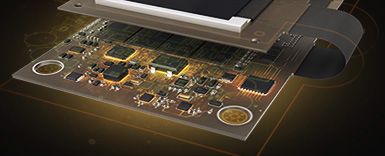


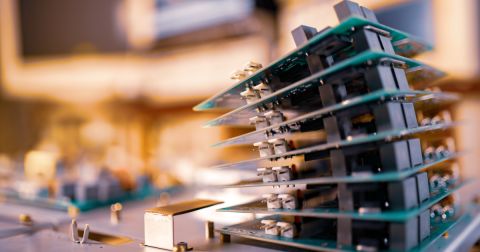
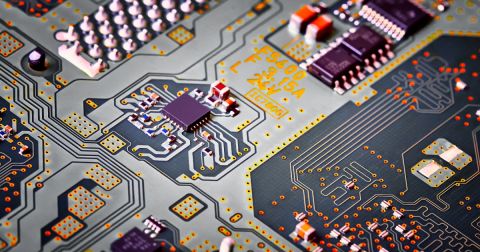
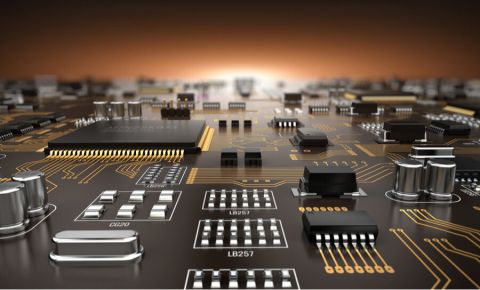
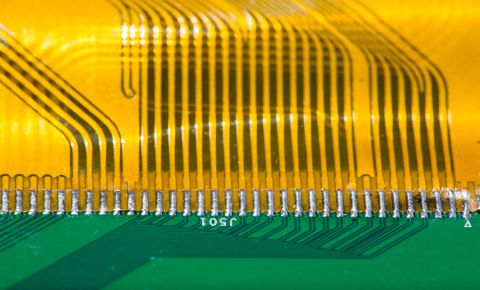



 Back
Back